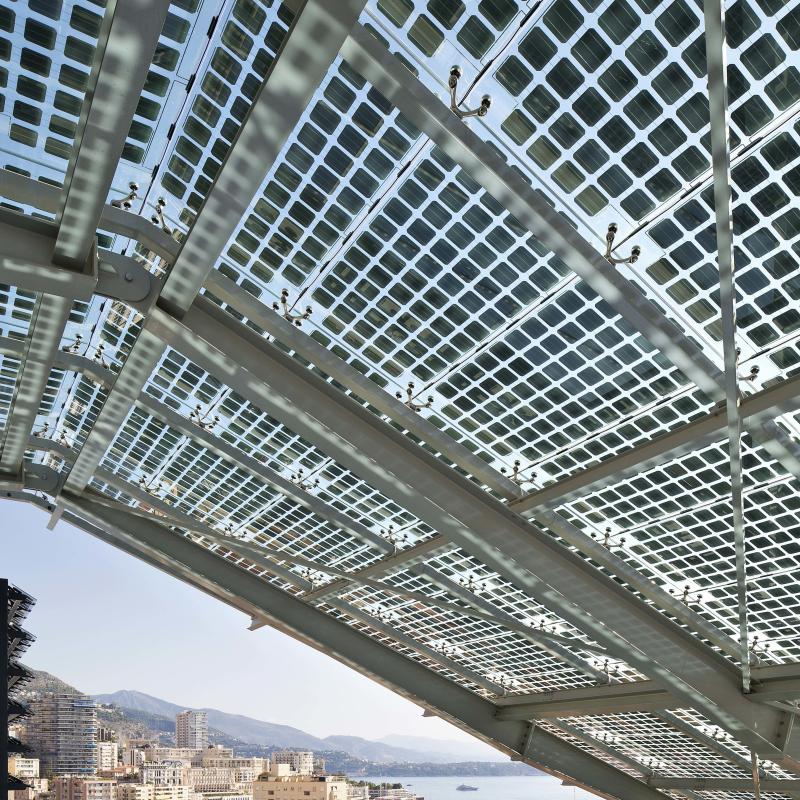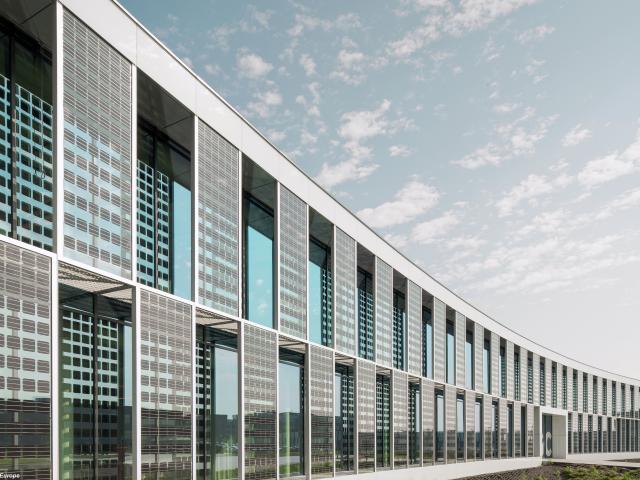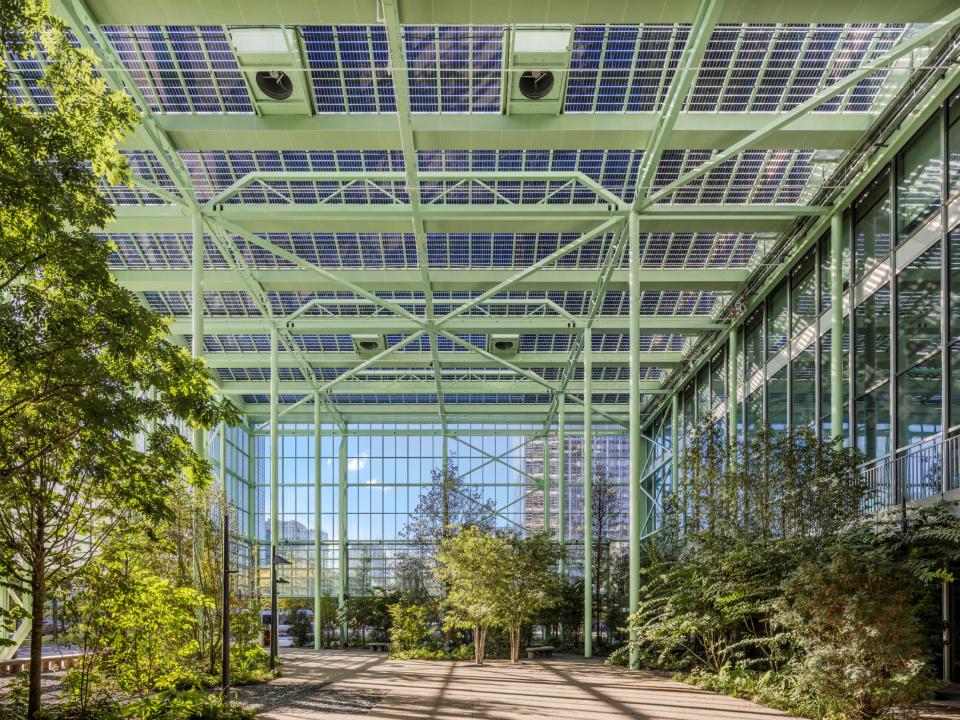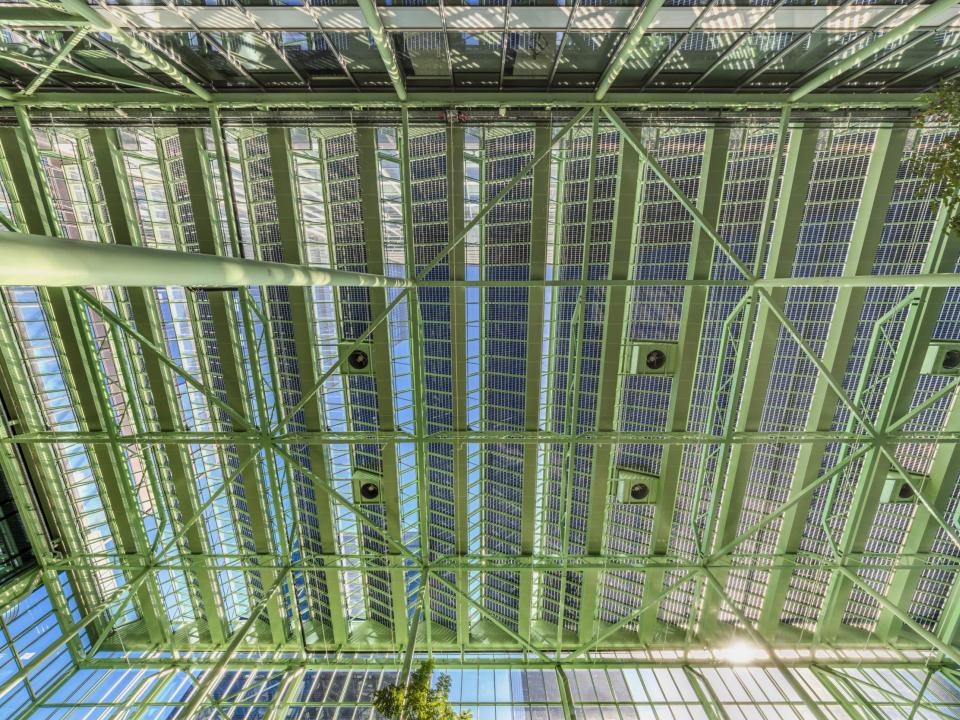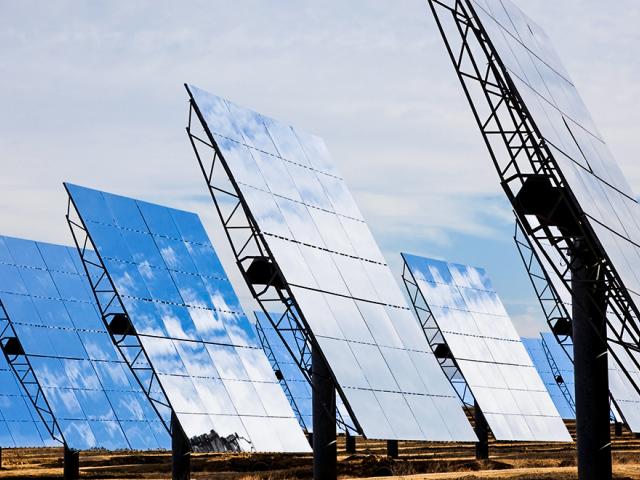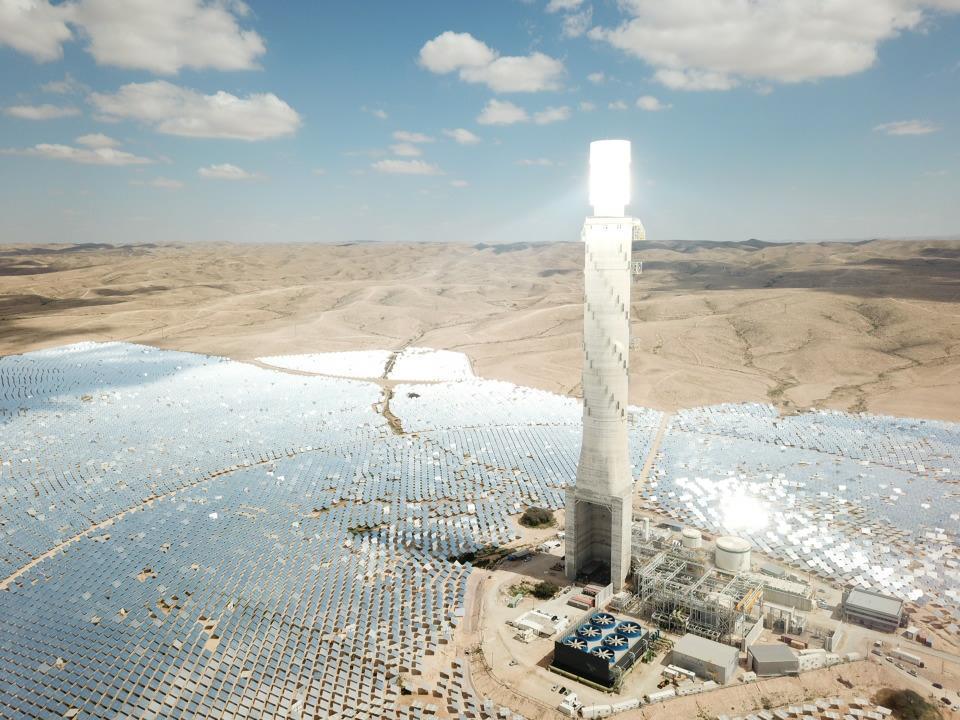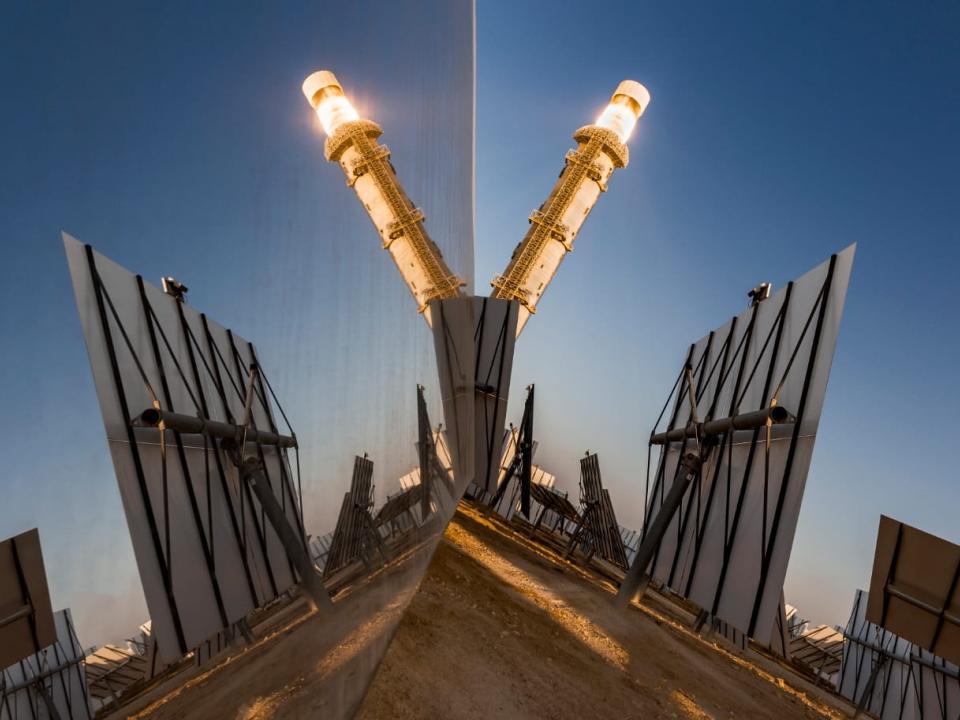Building Integrated Photovoltaics (BIPV)
BIPV glazing has a dual role: it is part of the outer structure of the building, while at the same time generating electricity using photovoltaic energy. BIPV glazing is a laminated safety glass that incorporates photovoltaic cells. As this energy-generating glass is an integrated part of the façade, it is not necessary to install separate traditional photovoltaic units on the rooftop.
SunEwat is AGC’s glass-embedded photovoltaic solution, offering architects an efficient and aesthetically pleasing solution for energy-generating facades. In addition it can contribute to the number of credits or points for LEED and BREEAM Green Buildings Certifications (see also our Sustainable Building chapter).
SunEwat glass modules are produced on request: various sizes and electrical capacities are possible and can be customised for each project. They can also be combined with other glass products: double glazing, screen-printed glass, coloured glass, etc. AGC's SunEwat glass range includes transparent solutions for use in façade windows, roofs, seconds skins, canopies, and opaque solutions for use in spandrels and cladding. By leveraging non-vision glass, the entire surface of the facade can now be used to generate energy, maximising the building’s energy performance.
More on agc-activeglass.com
WTC ZIN – a serene space in the heart of the city
ZIN is a redevelopment project for Towers 1 & 2 of the WTC complex in the Northern Quarter of Brussels. Residential, work and living functions are combined in a single building. The project sets the bar very high, both in terms of architecture and environmentally friendly design, and in terms of circularity.
AGC Active Glass supplied the BIPV (Building Integrated Photovoltaics) modules for the public greenhouse of the building. A place open to all, cut off from the hustle and bustle of city life, where you can enjoy the peace and quiet and the many green spaces to recharge your batteries.
2400m² of SunEwat Vision were installed delivering an impressive electricity yield of 331,854 kWh per year over 20 years. Thanks to its transparency, SunEwat Vision allow natural light to flood the space while providing just enough shade to prevent overheating during hot summers.
Concentrating Solar Power
Concentrating Solar Power (CSP) is used to generate clean electricity from the sun, normally at utility scale. It is particularly suitable for areas with high Direct Normal Solar Irradiance (such as Spain, California and the Middle East). In CSP, a set of mirrors is used to concentrate the sun’s rays on a central receiver. This heats up a liquid which is then used to generate electricity in a conventional thermodynamic cycle.
In addition to high reflectivity solar mirrors, AGC also offers high transmission solar glass substrates (Sunmax) to be used for solar concentrators and solar receivers.
More on agc-solar.com
AGC solar mirrors for the Ashalim Solar Thermal Power Station
At the Ashalim Solar Power Station in the Negev desert in Israël, more than 50,000 computer-controlled heliostats, each made of 4 solar mirrors, track the sun and reflect sunlight onto a boiler (the solar receiver) on top of a 240-meter tower. The boiler heats up a liquid and converts it into steam. The steam powers a turbine to produce electricity. The heliostats are equipped with 750.000 m² of AGC’s Sunmax Premium Reflect (4mm), a highly reflective mirror that is extremely resistant to withstand outside conditions (sand, wind, sun) of the desert. The 121 MW Ashalim Plot-B solar-thermal project supplies 320 GWh of electricity annually into Israel’s grid. The electricity generated by the whole Ashalim solar complex is enough to supply 120,000 homes with clean energy. The complex will avoid 110,000 tons of CO2 emissions each year over the course of its life.
